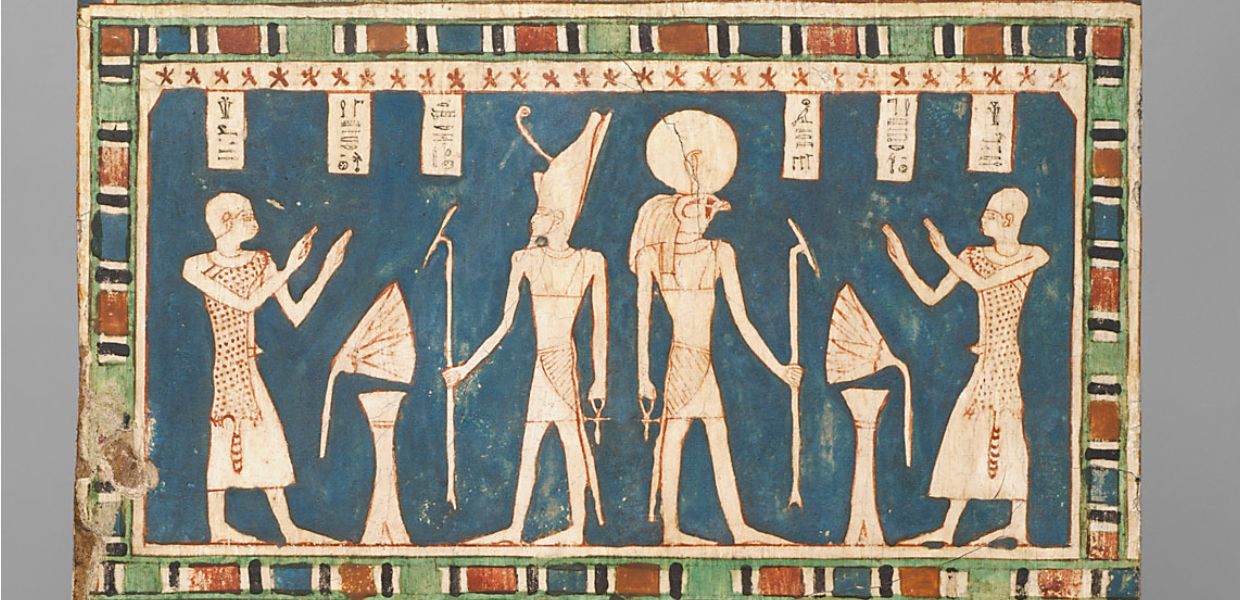The Europeana Publishing Framework makes it easy for cultural heritage institutions to see how the quality of material and information they provide to Europeana Collections affects how it can be surfaced, showcased, promoted and reused.
All cultural heritage institutions are different. Some are big, some small. Some have plentiful resources for working on digital projects, many don’t. Some have staff with technical skill and enthusiasm, some don’t. This results in inconsistencies in the depth and quality of materials on Europeana Collections. The Europeana Publishing Framework is a tool that data partners can use to help improve the quality of information provided. And with higher quality data comes increased benefit for audiences and greater potential use in education, research and the creative industries. In short - the better the content and metadata, the more that can be done with it.
The addition of guidelines for metadata is the culmination of years of groundwork by the Europeana Foundation, the Europeana Network Association, the Europeana Aggregators’ Forum and the network of institutions who provide their digital collections. We are grateful to all who have contributed their expertise and are looking forward to seeing collections becoming more reliable, more useful and more visible online as a result of organisations taking the new guidelines to heart.
New quality standard increases metadata potential
Building on the existing Framework’s four tiers for content and licensing, we have added three new tiers of quality criteria for metadata. This new component is crucial in making material more easily discoverable - and so increasing its potential for use in education, research and the creative industries.
The principle behind the metadata tiers (as with the content tiers) is ‘the more you give, the more you get’. The richer and better structured the metadata, the more likely it is that the material will be returned in search results. So adding information about subjects, places, people and time-spans means more people will see, share and use it. And adding information about which language the metadata uses will mean we can help the material to show up even if someone is searching in a different language.
As the number of language tags and descriptive/contextual elements increases, the higher the tier a record achieves. And with each tier come more benefits - from being returned in search results, to being more likely to be included in thematic collections, marketing activities and more potential for use in apps and services in education, research and the creative industries.
If you work with metadata, you can see exactly what elements are required for each tier in this summary chart.
The metadata tiers have been developed by the Data Quality Committee (DQC) - a working group of the Europeana Network Association and EuropeanaTech community - and are based on real-world discovery and search scenarios.
Quality calculation is a new tool for identifying collections
Every record in Europeana Collections can now be described in relation to its tier for content and metadata. These calculations are not currently shown on the Europeana Collections website but are available to developers in the data served via the Europeana API. This means that developers can make sure that their apps and services only use cultural heritage material that matches their desired quality level.
The Europeana data partner services team can consult these calculations to look at the quality of particular collections and to chart progress over time.
What’s next?
We know that improving metadata is a long process. This is no quick fix. But being able to provide an agreed standard of what ‘good’ metadata means for Europeana is a great step. Now, institutions can see how their collections fare and we can support them to improve them.
Europeana’s data partner services team is introducing the updated Europeana Publishing Framework to aggregators and data providers through a series of events and workshops. If you’d like to be involved - get in touch!




